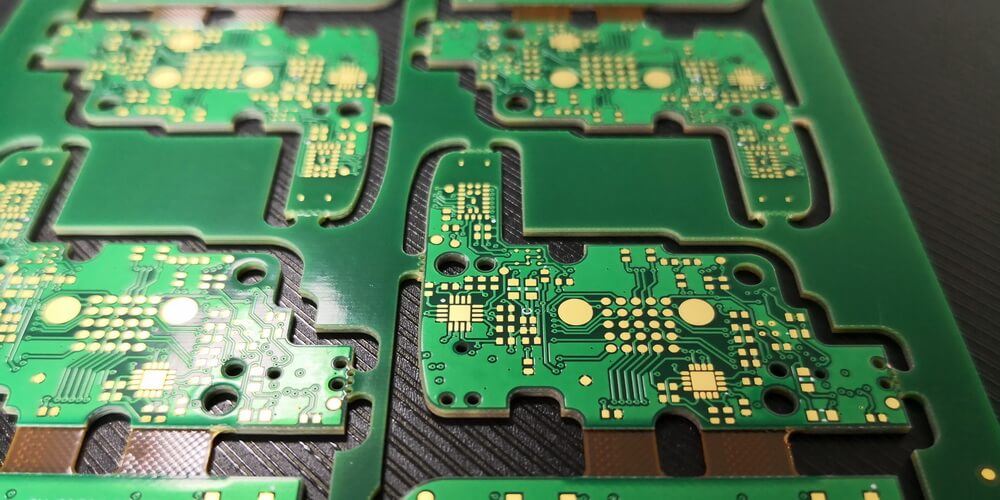The small green colored boards with circuit lines and connections of gold and silver color are what you call a printed circuit board or PCB. Printed circuit boards are an essentials part of any electrical device. From your television remote to your car’s dashboard, you will find a number of these circuit boards. The importance of these tiny boards is so much that even if one of these malfunctions, the whole device might stop working altogether.
But, in this article, we are not going to talk about the importance of printed circuit boards. Instead, we are going to talk about the different types of printed circuit boards, THREE to be specific. There are a lot of different types of printed circuit boards depending on the design, but we are going to talk about the types of PCBs depending on their construction.
The type of construction affects the performance of the printed circuit board, it also dictates the use of the board, and it also determines the price of your board. This information is necessary because when you click here to get a quote and order your batch of printed circuit boards, you will be able to order the right type of printed circuit boards for your needs.
Types Of Printed Circuit Boards:
The following three types of printed circuit boards are best suited for three different types of uses. We will discuss all three types in detail so that you know exactly which one you need.
Rigid Printed Circuit Board
A rigid or inflexible printed circuit board is one of the most common types of circuit boards in use. As the name suggests, these circuit boards are rigid and hold one form. When the PCBs are for a device in which they won’t have to move around greatly during the lifespan of the device, then manufacturers mostly install a rigid printed circuit board.
The most common example of a rigid printed circuit board is the motherboard of your desktop computer. The various other cards like the sound card, the graphics card, and even the RAM of your computer is a rigid printed circuit board. If you try and bend any of these boards, they will break.
Flexible Printed Circuit Board
Some devices need flexible printed circuit boards, most devices that have a rough use, and will have to endure a lot of impact and jolts, will usually have flexible printed circuit boards. The reason for that is the flexibility of these boards allows them to move around, fold, bend, and even wrap themselves to prevent any damage.
But, the flexibility is not only for safety. The flexibility makes them a more economical choice too. A flexible printed circuit board will allow you to cover more area with a single board instead of having to employ multiple rigid boards after every bend or corner. Flexible printed circuit boards are built mostly with plastic to bring flexibility as well as durability.
Rigid-Flex Printed Circuit Boards
As the name stated, these boards are a hybrid of rigid and flexible printed circuit boards. The rigid-flex printed circuit boards have two parts; one is a rigid printed board, and the other is a flexible printed board. These are mostly used in places when the manufacturer needs to connect two different parts of a device with a single board.
Most commonly found in cell phones, printers, scanners, display screens, and other similar products, these hybrid printed circuit boards help save a lot of space inside the device. One very obvious example of rigid-flex printed circuit boards is the battery of an iPhone. You have a rigid board working as the connector and a flexible board that contains all the wires and connections that help the battery power the phone.
Conclusion
These main types of printed circuit boards further classify into single layer, double layer, and multiple layer boards as well, but we will talk about them some other time. For now, you should know that a single layer will have one copper layer, a double layer will have two layers, and more than two in the multiple layers printed circuit boards.


